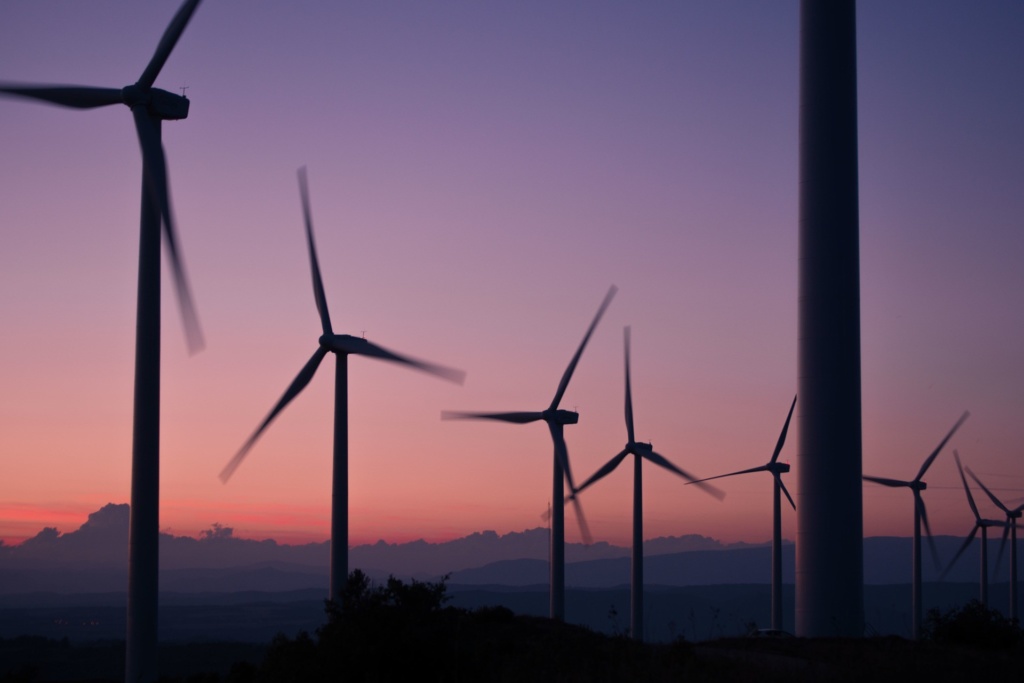The political entrepreneurship of the Juncker Commission on the Energy and Environment Policy
05 May 2019 /

Energy policy has been at the heart of the creation of a European community through the European Coal and Steel Community (ECSC) and the European Atomic Energy Community (EURATOM). However, member states’ reluctance has long limited the competence of the European Union in this domain. The Juncker Commission has brought together climate and energy policies and gave special importance to this issue, returning it to the forefront of the European scene.
The European energy policy of the European Commission: a shift from technical power to entrepreneurial power
For a long time, the main obstacle to the deepening of energy policies in the EU has been the lack of formal power of its institutions. The treaty of Lisbon signed in 2007 provided the EU with article 176a which stipulated that the EU has competence in this area. However, it also points out that “measures [should] not affect a member state’s right to determine the conditions for exploiting its energy resources, its choice between different energy sources and the general structure of its energy supply“ (Treaty of Lisbon, 2007). Member state governments have been reluctant to transfer competences to the supranational level, but have recognized the importance to increase coordination on topics such as climate change or security of supply.
The lack of formal power did not prevent the EU from being active on the three former pillars of European energy policy: the internal energy market, the environmental policy and the security of supply. Many examples can be given. First of all, after the Russia-Ukraine gas crisis in 2006, the EU feared that it could affect its security of supply, as many Central and Eastern European countries are dependent on Russian source of gas. In 2006, the European Commission published the Green Paper ‘A European Strategy for Sustainable, Competitive and Secure Energy’ that called member states to deepen the European energy policy on three objectives: sustainability, competitiveness and security of supply. A year after this green paper, in 2007, the Commission issued a Communication called “An Energy Policy for Europe” which aimed at “combating climate change, limiting the EU’s external vulnerability to imported hydrocarbons”. Another example is “Energy 2020: A Strategy for Competitive, Sustainable and Secure Energy” (2010) or the “Energy Roadmap 2050” (2011).
The fragmentation of the energy domains into several pillars and the ever more complex interdependence of energy challenges (climate change, energy security…) have allowed the European Commission to leap into the breach in order to gain competence. The European Council is central in the energy domain, but is also dependant on the technical expertise of the Commission that has used it to influence the agenda and outcomes (Thaler, 2016). This influence, after the election of Jean-Claude Juncker, has been used to set up the Energy Union.
The Energy Union improves the coherence and deepens the energy and environment policy of the European Union
Juncker included a real energy policy project for the Commission in its top ten priorities during the election. The implementation of the Energy Union was made possible by several non-exclusive elements: first Central and Eastern Europe countries pushed for greater European energy integration (The Economist, 2014) and in particular on security of supply after the Ukrainian crisis of 2014. Second, the environmental problematic allowed to gain credit with public opinion at a time when populism was gaining importance in Europe. After his election, Juncker modified and clarified the structure of the Commission in order to add coherence. First of all, Vice-President Maroš Šefčovič has been in charge of setting up the Energy Union, and Commissioner Miguel Arias Cañete has been in charge of DG Energy and DG Climate, which until then operated separately, and often, in competitive manner. This rapprochement now allows the two DGs to work together on policies that take into account the many pillars of the Energy Union.
In February, Maroš Šefčovič said: “Today, we launch the most ambitious European energy project since the Coal and Steel Community. A project that will integrate our 28 European energy markets into a single energy-dependent one (…) I am determined to make this Energy Union a reality.” (European Commission, 2015). On 25 February 2015, following this speech, the European Commission adopted the “Strategic Framework for a Resilient Energy Union, with a forward-looking policy on climate change” (European Commission, 2015). This project includes five mutually reinforcing “interdependent” dimensions that are designed to enhance energy security, as well as the sustainability and competitiveness of the energy sector: energy security, solidarity and trust; the full integration of the European energy market; energy efficiency as means of moderating demand; decarbonisation of the economy; research, innovation and competitiveness.
This strategy has been internally designed in a top-down process with a central role to Maroš Šefčovič and his cabinet. The division of labour between the Vice-president in charge of Energy Union and Commissioner Canete in charge of energy and climate was a real novelty. DG Energy and DG Climate were working together to integrate their respective policies into the project. Furthermore, to support the project, the Commission intensified its exchange with national parliaments and organized an Energy Union Tour in summer 2015 to each member state capital.
The active entrepreneurship of the President and particularly the Vice-president were key factors in the success of the Energy Union, followed by external events such as the Ukrainian crisis or the growing importance of environmental issues. Energy and climate policies have become more coherent through a change in the EU’s institutional organization. The creation of a new role for the Vice-President in charge of the Energy Union and the coordination of the Energy and Climate DGs under the same Commissioner played a major role. The success of the project will now depend on the next elected Commission.
Tennessee Petitjean is second year master student in International Relations at ULB.
